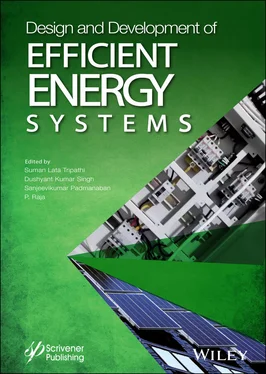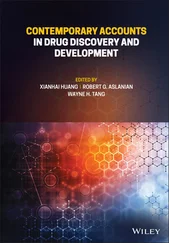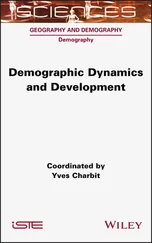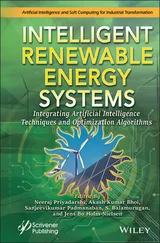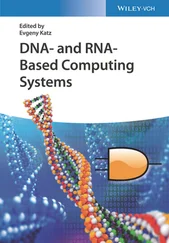Rural Medicine : In rural and isolated areas it is difficult to provide quality healthcare even after the innovation of telemedicine. Since rural regions have poor internet connectivity or limited access to the internet, it is highly difficult to provide quality healthcare, and quick delivery of medicines is not possible. This can be made easier by the IoT devices combined with edge computing. IoT healthcare devices, which are small and portable, can be used to acquire data, process, and store and analyze a patient’s critical data, eliminating the need of internet connectivity. The patients using an IoT wearable can be quickly diagnosed and required measures can be taken immediately at the time of an emergency, and later the feedback or report is sent to the healthcare provider [11].

Figure 4.2 Some of the applications of edge computing.
Supply Chain : There are lots of medical equipment and medical components, from the smallest bandage to expensive surgery tools assisted by robots to save lives. They are maintained properly in the supply chain; if any disruption arises then significant risk is created in patient health outcomes. Thus edge devices are equipped with sensors for managing their inventories in a potential way. The data acquired from the equipment are analyzed to predict when the hardware will fail and RFID smart tags are used for efficient inventory management. This eliminates lots of paperwork, saves time and eliminates manual ordering [17].
4.3.4 Edge Computing Advantages
Edge computing consists of a decentralized architecture of the cloud [5, 27, 34], enabling it to process the data in the network edge nearer to the source of the data. The edge computing characters that make edge computing more appropriate for applications in the healthcare sector is shown in Figure 4.3.
Spontaneous Response : As the processing of data is done on the edge devices, instant responses are produced in the services. In the healthcare industry, this is one of the lifesaving features.
Bandwidth Utilized Efficiently : as the data is processed in the edge devices, the process of data transmission to the cloud is eliminated, thus improving efficiency of the system and reducing network traffic.
Reliability : The data processing that happens nearer to the end user improves the reliability of edge computing, which is invulnerable to network outage and security threats.
Energy Efficient System : A limited amount of power supply is consumed by end devices, thus those devices are energy constrained. Edge computing brings the data computation nearer to the user end device. Thus usage of edge computing generates energy-efficient systems.
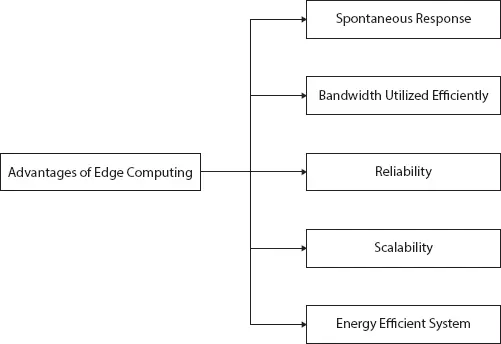
Figure 4.3 Advantages of edge computing.
Scalability : Scalability in edge computing can be achieved in an uncomplicated way, which helps in increasing the count of monitoring patients with a healthcare monitoring system. The capacity of the computing can be expanded by combining the Internet of Things devices with data centers in edge to achieve scalability. If there is a new addition in the end user, no demand of substantial bandwidth is imposed on the network core since the devices of edge computing are capable for processing. The scalability feature makes the edge computing more versatile for applications in the healthcare industry.
There are some challenges in edge computing [30] when the services are offered. These include: Deployment of Edge Computing : Physical environment and space are shortage in edge devices. So, the design is made more suitable for the environment of the application. In the edge, computing capability can be brought until the space is available.
Power Supply : Only a limited amount of power supply is consumed by end devices, thus those devices are energy constrained. The edge devices must have the capability to process at any instant of time without outages. Thus it is mandatory for edge devices to utilize the power proficiently, which improves the efficiency of the system operations.
Data Backup : All the data are acquired from the sources and the processing of data is done in edge computing. It is crucial to give protection to all the collected data by the service provider. Data access and data storage reliability are critical for adding application security.
Maintenance: As the architecture is distributive in nature, proper maintenance is necessary for a system to work better. Device failures must be sorted to prevent any disturbance in the services offered by the system.
4.4 Smart Healthcare System
4.4.1 Methodology
In the IoT framework, the network resources are prioritized and intelligently used over a trustworthy and secure transmission channel that is used for applications of the health-care sector. The inputs are acquired from the sensors of the leaf devices in the IoT framework. The acquired inputs are preprocessed efficiently. If there is any high computation process involved, then the leaf device takes assistance from cloud servers at the backend. A large quantity of processes can be performed by backend cloud server and end devices can be advised by the backend cloud server on the preprocessing steps to give priority to the incoming data from the sensor. Data mining and machine language concepts are used at the backend for extracting the signatures from the sensor data. The healthcare interpretations are provided respectively to the captured sensor data. These steps are used by frontend devices for providing healthcare assessment of the patient.
This system can further be extended where a physician can be included at the back end to analyze the patient’s healthcare data for prominent fluctuations. Thus remote diagnosis can be improved and rural medication can also be provided as well, even with the healthcare provider far from the patient. The methodology of the smart healthcare system is shown in Figure 4.4.

Figure 4.4 Methodology of Smart Healthcare System.
In healthcare, low network latency, real-time responses are required. So cloud computing is not suitable in such situations because of its high network latency. Thus edge computing is proposed as a new distributive computing architecture that can perform most of the computations within the IoT edge devices instead of the cloud. In this chapter, the major focus is on combining the concepts of IoT and edge computing and improving the techniques of edge computing in the field of healthcare.
4.4.2 Data Acquisition and IoT End Device
IoT sensors and devices are used to collect the patient’s healthcare data. Sensors such as temperature sensor, ECG sensor, glucometer, sphygmomanometer, SpO2 sensor, EEG sensor, EMG sensor, and body position sensor are used in the system. Glucometer is used to measure the glucose content in the patient’s blood. Sphygmomanometer is mainly used for checking the blood pressure of the patient. SpO2 sensor is used to measure oxygen amounts present in the blood. EEG sensor is used to record the brain activities. EMG sensor is used to deduct the movements in the body. All these multiple sensors are connected to the leaf device or end point device, which is connected to the server at the backend via wireless network. IoT leaf device communicates with the backend server over a wireless communication medium by using IoT protocols such as Message Queuing Telemetry Transport (MQTT), Constrained Application Protocol (CoAP).
Читать дальше
